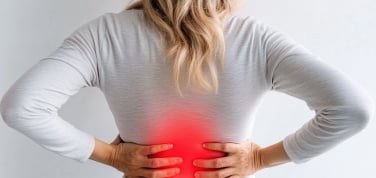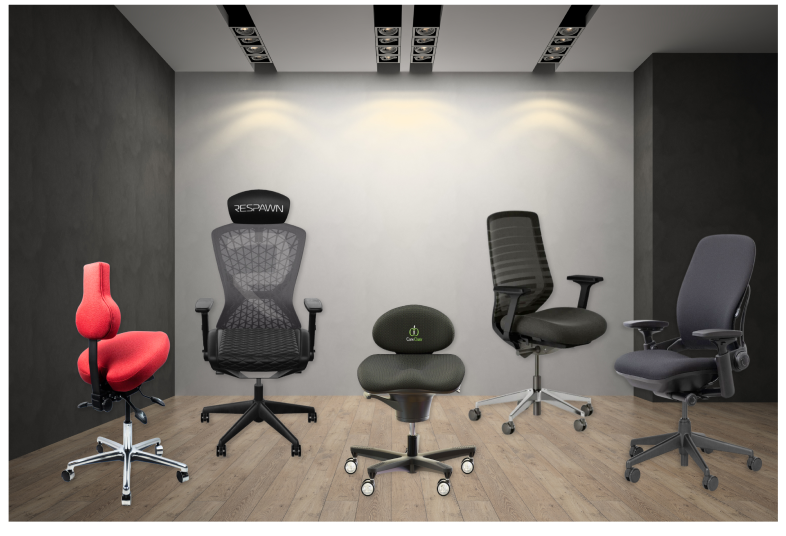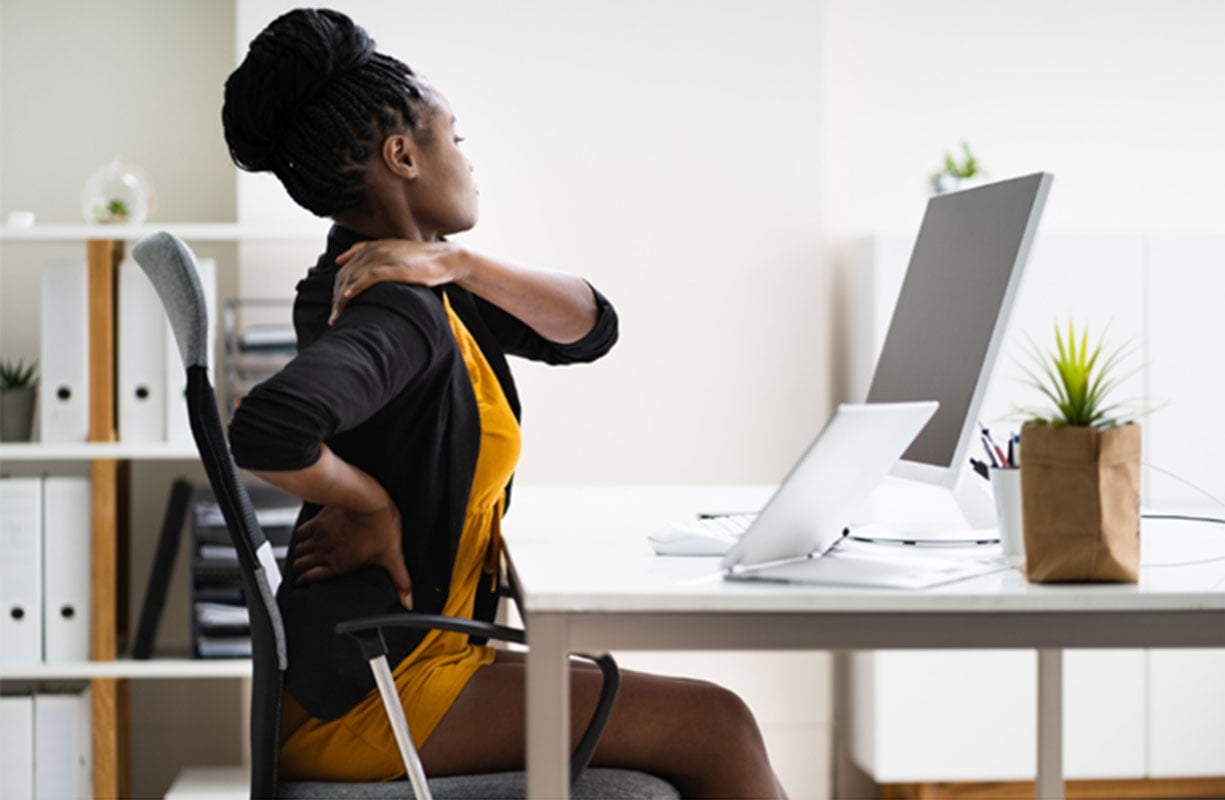Today, we're going to delve into a topic that affects some of us at some point in our lives - hip osteoarthritis. Now, you may be wondering why we're talking about sitting postures in relation to this condition. Unfortunately, a high percentage of people have jobs requiring sitting for 4-8hrs per day. So, we want to explore how this affects those with hip osteoarthritis and provide suggestions that may help!
Understanding Hip Osteoarthritis: As we get into this topic, it’s important to understand what hip osteoarthritis is and how it causes pain. Essentially, it is the breakdown of cartilage at the joint, resulting in bone-on-bone contact. Yikes!! As you can imagine, it causes pain, stiffness, and decreased mobility in the hip joint.
The Connection with Sitting Postures: If you have hip osteoarthritis, sitting can either be a relief, or it can cause more pain. Sitting in poor postures is a culprit that can send your hip pain through the roof! Poor posture can put increased strain through the joints which serves to worsen symptoms, especially over time.
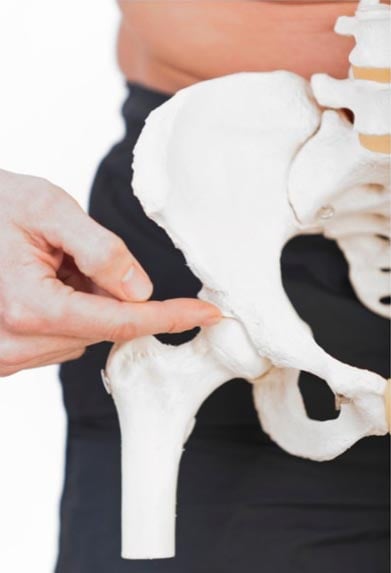
Sitting Postures to Avoid:
Slouching: Slouching happens when the pelvis tilts backward and the spine takes on a “C” curve. When the pelvis is in this tucked position, it affects the entire hip joint and can add more strain. This added pressure aggravates the hip joint and can exacerbate pain.
Crossing legs: While sitting cross-legged can be a habit, it actually rotates your hip inward and can cause increased pressure in the joint, causing pain to skyrocket.
“Man Sitting”: The easiest way to describe this is to think of how men often plop themselves down in a chair with legs wide apart. Although this may be comfortable to some, it causes the hip to rotate outward, adding strain to the hip joint. For someone with hip osteoarthritis this may be a position to avoid.
Percher: Perchers like to sit at the front edge of their seat, in an active task position. The problem with this is that it increases the weight through the hip joint, increasing the pressure and pain in the affected hip joint.

Sitting Postures for Hip Osteoarthritis Relief:
Supporting the Pelvis: Although this hasn’t been talked a lot about, the key to a good upright posture is the angle of the pelvis. The spine is held in an upright posture when the pelvis is supported in neutral. This is in turn optimizes the space in the hip joint and serves to align the legs. Supporting the pelvis in this position is a key step towards minimizing osteoarthritis hip pain in sitting.
Consider the Seat Support: The surface you sit on can greatly impact the stability of the pelvis, which then affects the position of the hip joint. Choosing a seat surface that is contoured to match the curves of the body, with a supportive but soft surface is the perfect recipe towards comfort.
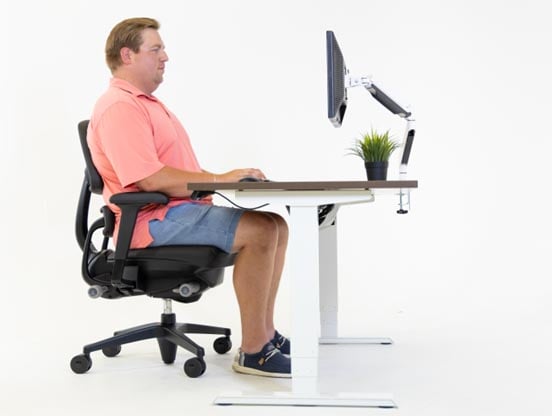
Move! Sitting for long periods isn’t good for anyone and for those with hip osteoarthritis it can cause stiffness and increased pain. Remember to move, take breaks, and stretch throughout the day.
Although hip osteoarthritis can be painful and difficult to live with, especially when your job includes sitting, we hope these tips will help you learn to sit better and minimize your pain throughout the day!
References:
1. Lewis, C. L., Khuu, A., & Marinko, L. N. (2015). Postural correction reduces hip pain in adult with acetabular dysplasia: a case report. Manual therapy, 20(3), 508-512.
2. Adedoyin, R. A., Idowu, B. O., Adagunodo, R. E., Owoyomi, A. A., & Idowu, P. A. (2005). Musculoskeletal pain associated with the use of computer systems in Nigeria. Technology and health care, 13(2), 125-130.
3. Lespasio, M. J., Sultan, A. A., Piuzzi, N. S., Khlopas, A., Husni, M. E., Muschler, G. F., & Mont, M. A. (2018). Hip osteoarthritis: a primer. The Permanente Journal, 22.
Recent Post
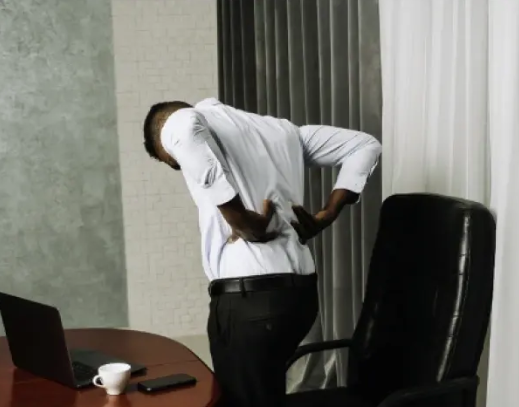
Exercises to Avoid With a Herniated Disc
March 6, 2025A herniated disc can put a serious damper on...

Gentle Back Exercises for Lower Back Pain & Herniated Discs
February 17, 2025Adding a cushion to your office or gaming chair...
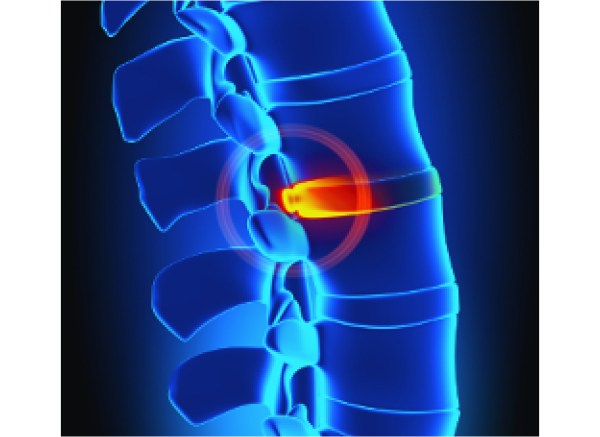
Bulging Disc vs. Herniated Disc:
February 5, 2025Adding a cushion to your office or gaming chair...





